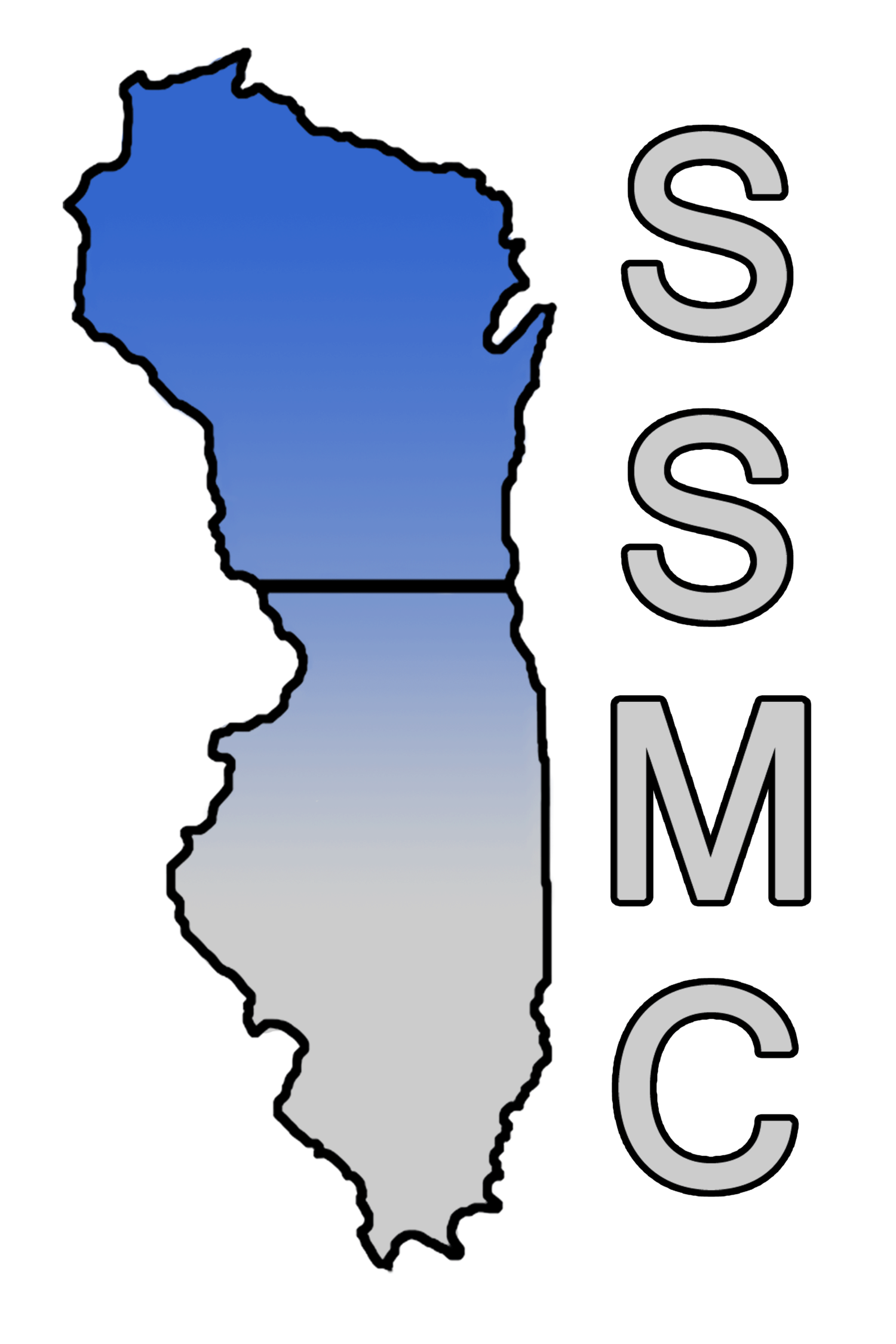Session 5: Table Topics (rotates every 15 minutes) or Workshop (limited to 15 people, 1 hour)
Our last session of the day offers a variety of learning engagements and hands-on opportunities. The four table topics present a quick introduction to a variety of relevant and timely topics, while the workshop provides an opportunity to learn a new preservation technique. The workshop is limited to 15 participants. The first 15 participants to sign up for the workshop at the registration desk on the day of the conference will participate.
Workshop: Make a Custom Book Wrapper
If you have fragile books, books with loose or detached covers, or scrapbooks that keep losing pieces in your collection, learning how to make your own cardstock wrappers can be a good solution. This simple wrapper can be made using basic tools in about a half hour. It provides support and protection for vulnerable books, without taking up extra space on the shelf. All tools and supplies will be provided for your use at this hands on workshop, including instructions and a supply list to take with you.
Diane Ray - Archivist, Beloit Historical Society
Diane Ray is a graduate of the University of Iowa, where she received a Master’s in Library Science with a certificate in book arts from the Center for the Book. During her time at the university, she also worked at the Special Collections/Archives, and in the book conservation department. Diane is especially interested in local history and book preservation, and currently works at the Beloit Historical Society as a processing archivist.
Table Topic 1: NAGPRA New Regulations: What You Need to Know
Nicolette Meister -Director and NAGPRA Coordinator, Logan Museum of Anthropology, Beloit College
New implementing regulations of the Native American Graves Protection and Repatriation Act (NAGPRA) became effective on January 12, 2024. Learn how the new regulations, which accelerate compliance deadlines and include new requirements the impact access, research, and exhibition of Native American cultural items, among other changes, could impact your organization.
Table Topic 2: Meeting Your Label Writing Goals with Editing Apps
Bethany Fleming - Fleming Museum Consultants
Participants will explore how using writing apps like Hemingway Editor can elevate the label writing and editing process, with tangible tips and tools for making the process as successful as possible.
Table Topic 3: Photo Corners for Exhibition and Display
Sharon Welton - Executive Director, Stephenson County Historical Museum
Photo corners are a non-invasive method of mounting prints, drawings and photographs to a support without applying adhesive, tape or wheat starch paste. This hinge-free method eliminates the possibility of damage caused by poor hinging materials and ensures items are free to expand and contract, which prevents buckling. Participants will create a hinge-free sample to take home for future reference.
Table Topic 4: Prepare and Care for Artifacts on Display
Cynthia Arbiture - Exhibit Designer, Museum Professional Services, Inc.
We all know the safest place for your valuable artifacts is in their archival storage environment. But we also know that artifacts are important educational tools that help you accomplish your educational mission while on display. We will discuss ways in which you can prepare the exhibit environment to protect your artifacts while on display, exhibit case construction, artifact placement, archival artifact mounts, the length of time for artifacts to be displayed, as well as the use of facsimiles. Preparing an exhibited collection care plan will also be addressed.

